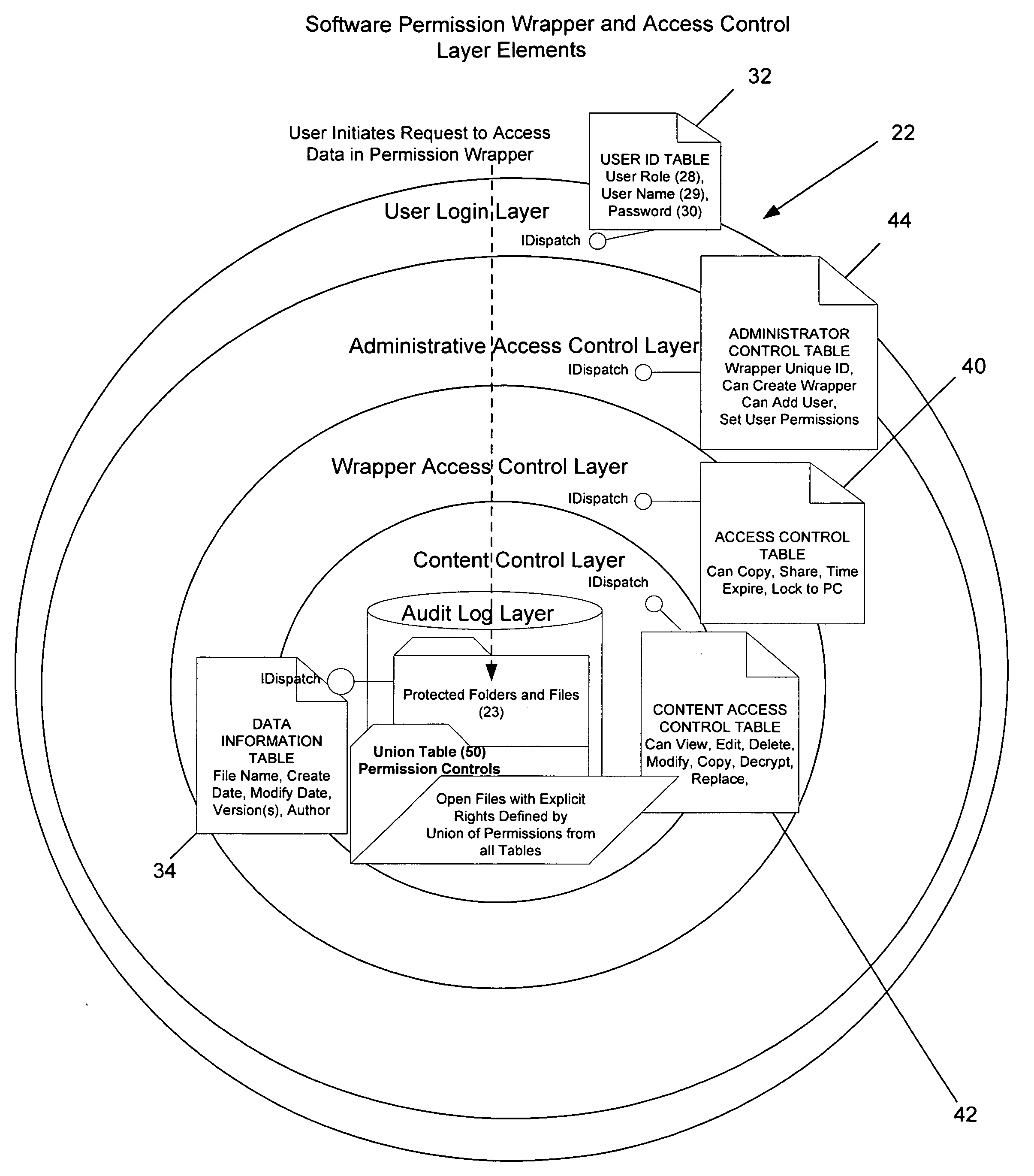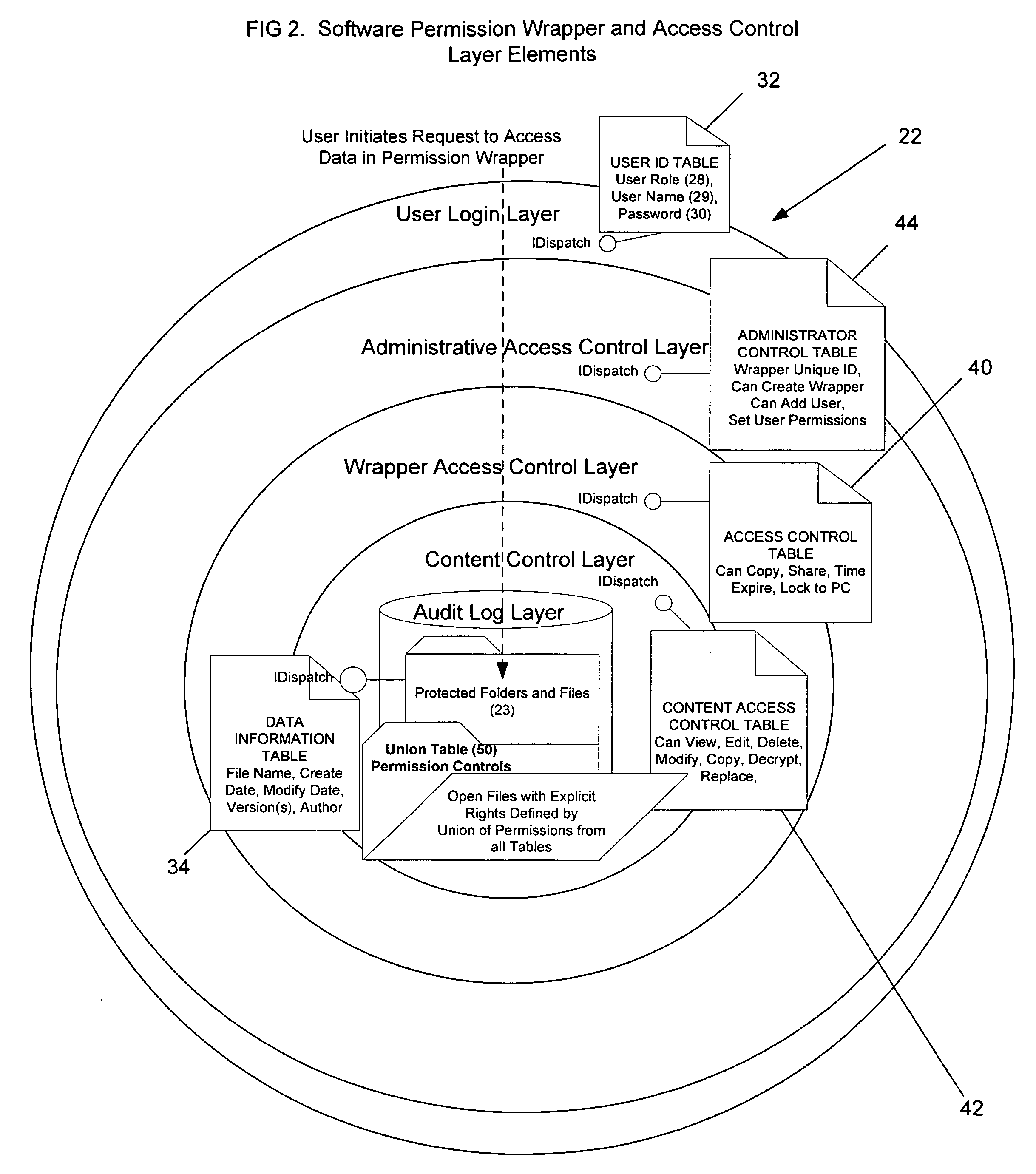Digital data creates an inherent information security problem.
Since
digital data is portable it is easy to lose control over the information.
The first major problem associated with protecting sensitive digital information is that it is inherently portable.
Securing sensitive data is a significant problem for most corporate users because data, in digital form, is easy to share copy and save in an uncontrolled manner.
The loss of sensitive digital information is often purely accidental; a user forgets to protect sensitive data when sharing with other “trusted” users, who in turn share with other users that may be considered “un-trusted.” Occasionally, the loss is malicious; a user intentionally circumvents the
security policy and makes a copy for their own personal use (e.g. when switching jobs), or the data is stolen outright (e.g. an external
hacker breaks into the user's data files on their PC or the PC is stolen).
The second major problem associated with protecting sensitive digital information is that the data protection requirements change over the information lifecycle.
During the Electronic Distribution Phase, the information could be stolen by hackers that are sniffing
the Internet for email traffic.
Or, the physical mail (CD, DVD) or download of the data (from an FTP
server) could also be compromised.
This is because reviewers may not perceive the document to be sensitive and will in-turn make local, uncontrolled copies.
During the Review and
Collaboration Phase it is extremely difficult to ensure protection because the sensitive digital information (e.g. document) is frequently changing and therefore multiple versions are propagated.
Individuals involved in the
collaboration process often forget to protect the document or protect in an inconsistent fashion (e.g. some reviewers protect the data and others do not).
The problem is also compounded in that a number of security technologies may have to be used, in combination, to provide comprehensive protection of the data (e.g. SSL
encryption combined with local hard drive
encryption, and PKI for sharing through email) during this phase.
Since the application of these security technologies often makes
collaboration and communication more
time consuming and difficult (e.g. having to establish PKI certificates among all users sharing content with each other), users typically reject the use of security technology altogether; contributing to the possibility that the data will be lost or compromised.
As the
digital document receives wider distribution amongst many users, many of the same security protection issues are encountered again; protection during electronic distribution and a lack of control over the information when in use on a recipient's PC or
file server.
During this phase the data is still in the current business cycle phase of use and is
highly sensitive.
Systems Administrators often do not have an understanding of the unique security protection requirements for the information; merely that it needs to be backed up since it is current sensitive information.
How sensitive information is used during the information lifecycle creates a third major problem associated with protecting sensitive digital information; proliferation of multiple copies and versions on multiple user devices.
A fourth major problem regarding sensitive information is that the protection requirements for sensitive digital information also change based on “locality.” Locality corresponds to the device, network and physical environment in which someone accesses the sensitive information.
However, if the user has stored the document locally on their
laptop and is working with the information at a customer site, on a plane, or in a
hotel room, the locality corresponds to greater risk; an environment that has a perceived higher risk that the data could be lost or stolen.
A fifth major problem regarding protection of sensitive information is that there are multiple user / group roles and these roles may be overlapping or specifically assigned to the document.
These permissions change based on the content that the group receives from other groups; finance may allow marketing to review financials but not have the ability to update or change them within a business plan.
Further complicating this issue is that users may have multiple roles (e.g. Author versus Reviewer) and therefore may have different rights to sensitive information based on their role and the direct relationship their role has to sensitive information.
The sixth major problem is that the protection requirements for sensitive digital information are also to some extent based on the version of the document.
It is not always true that an older version is not sensitive; older or draft versions may contain a great deal of sensitive business information albeit in raw form.
A key issue therefore in ensuring data protection is to ensure that older versions are consolidated or deleted to reduce the risk of sensitive
information propagation and loss.
The seventh major problem regarding the protection of sensitive digital information is simply finding it.
A key issue in the field of information security is how to find sensitive digital information and how to automatically protect in place, and or migrate the data to consolidated secure file servers and devices.
The final major problem regarding the protection of sensitive digital information is how to protect the information in response to threats.
However, they typically have only a manual correlation to the systems and software used to protect the underlying data stored on the network.
As an example, working on your
laptop and checking your email in an Airport while connected to an unprotected
wireless network can
expose the entire contents of the
laptop hard drive to theft.
 Login to View More
Login to View More  Login to View More
Login to View More 


